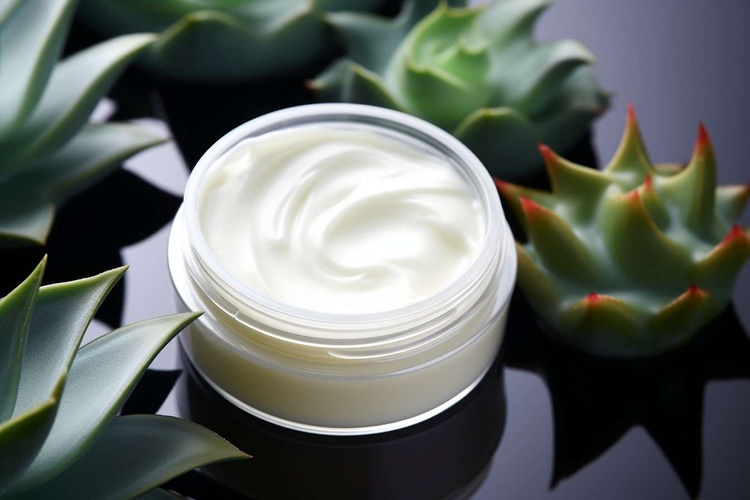The Evolution and Influence of K-Beauty in the Global Market
The beauty and fitness industry is a dynamic, ever-evolving space that continually introduces new trends, products, and practices. One such trend that has significantly impacted the global beauty landscape is the rise of K-Beauty, or Korean beauty. This article will delve into the historical context, key developments, and current industry trends of K-Beauty, providing an in-depth analysis of its benefits, market relevance, and industry impact.

The Genesis of K-Beauty
K-Beauty traces its roots back to the Joseon Dynasty (1392-1910), where skincare was considered a form of self-care and an indicator of social status. Over time, this cultural emphasis on skincare evolved into a sophisticated industry, with South Korea becoming a global leader in beauty innovation by the early 21st century.
The K-Beauty Boom
The global K-Beauty boom began around 2011, when BB creams (Blemish Balm creams) became a worldwide sensation. These multi-purpose products, which combine skincare and makeup, epitomize the K-Beauty philosophy of prioritizing skin health. The success of BB creams opened the door for other K-Beauty products and practices to gain international recognition.
Current Trends in K-Beauty
Today, K-Beauty is known for its innovative products, extensive routines, and emphasis on natural ingredients. The 10-step Korean skincare routine, which includes steps like double cleansing, toning, essence, serum, and mask, has become a global phenomenon.
Another trend is the use of unique, often natural, ingredients. Snail mucin, bee venom, and starfish extract are just a few examples of the unusual ingredients found in K-Beauty products, which are often backed by scientific research.
The Impact of K-Beauty on the Global Beauty Industry
K-Beauty’s influence extends beyond product innovation. It has also shifted global beauty standards towards a focus on skin health and natural beauty. This shift has led to a surge in demand for skincare products, with the global skincare market expected to reach $189.3 billion by 2025, according to Grand View Research.
Moreover, K-Beauty’s emphasis on accessibility and affordability has disrupted the notion that high-quality skincare is a luxury. Many K-Beauty brands offer effective products at affordable prices, making good skincare accessible to a wider audience.
The Future of K-Beauty
As K-Beauty continues to evolve, experts predict a shift towards personalized skincare, eco-friendly practices, and technological integration. Personalized skincare, which involves tailoring products to individual skin needs, aligns with K-Beauty’s emphasis on skin health.
Eco-friendly practices, such as sustainable packaging and ethically sourced ingredients, reflect a growing global concern for the environment. Technological integration, such as skin analysis apps and virtual reality shopping, is expected to enhance the K-Beauty shopping experience.
In conclusion, K-Beauty has significantly shaped the global beauty landscape, introducing innovative products and practices, shifting beauty standards, and making quality skincare accessible. As it continues to evolve, K-Beauty is expected to remain a significant player in the global beauty industry.





